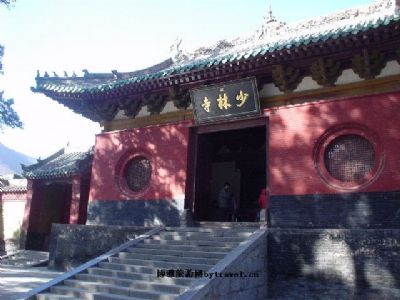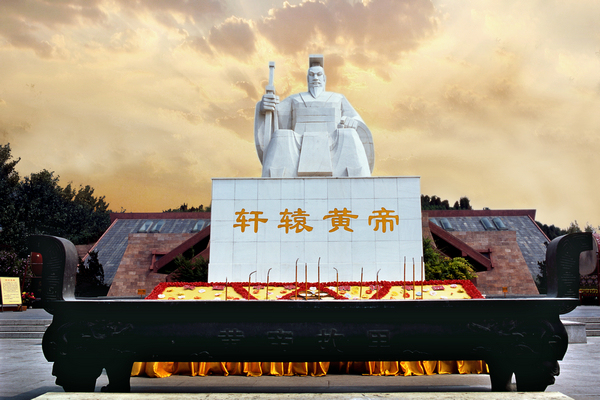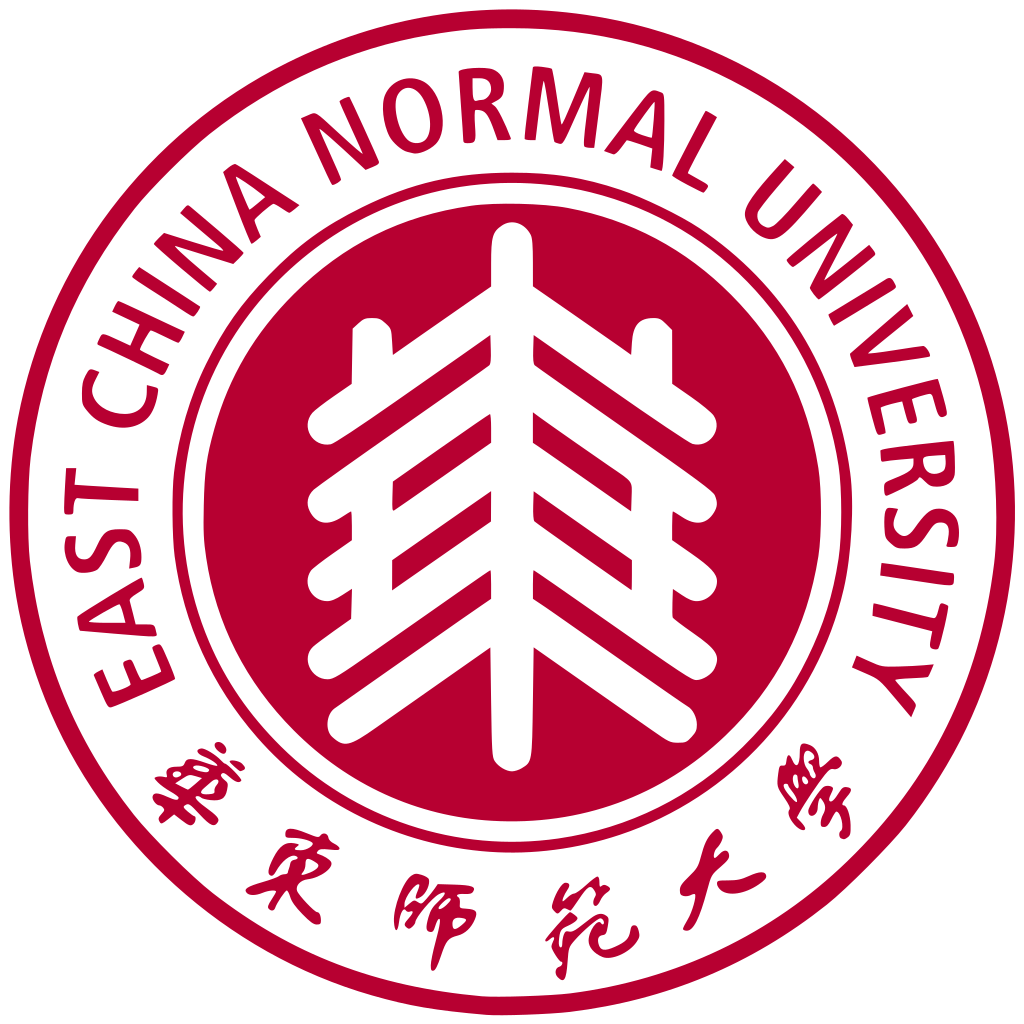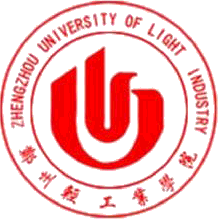

Zhengzhou is a Chinese city and the provincial capital of Henan Province in east-central China. As a prefecture-level city, it also serves as the political, economic, technological, and educational centre of the province, as well as a major transportation hub for Central China. The city lies on the southern bank of the Yellow River, and is one of the Eight Great Ancient Capitals of China. Zhengzhou has a population of 9,378,000 inhabitants with an urban population of 6,406,000, the city is one of the main built up areas of Henan region. Zhengzhou is now a rapidly growing city. Greater Zhengzhou was named as one of the 13 emerging megacities or megalopolises in China in a July 2012 report by the Economist Intelligence Unit.
The name Zhengzhou came from the Sui dynasty (AD 581), even though it was located in Chenggao, another town. The government moved to the contemporary city during the Tang dynasty. It achieved its greatest importance under the Sui (AD 581–618), Tang (618–907), and early Song (960–1127) dynasties, when it was the terminus of the New Bian Canal, which joined the Yellow River to the northwest. There, at a place called Heyin, a vast granary complex was established to supply the capitals at Luoyang and Chang'an to the west and the frontier armies to the north. In the Song period, however, the transfer of the capital eastward to Kaifeng robbed Zhengzhou of much of its importance. It was a capital during the five dynasties of Xia, Shang, Guan, Zheng, and Han, and a prefecture during the eight dynasties of Sui, Tang, Five Dynasties, Song, Jin, Yuan, Ming, and Qing.
In 1903 the Beijing–Hankou Railway arrived at Zhengzhou, and in 1909 the first stage of the Longhai Railway gave it an east–west link to Kaifeng and Luoyang; it later was extended eastward to the coast at Lianyungang, Jiangsu, and westward to Xi'an (Chang'an), Shaanxi, as well as to western Shaanxi. Zhengzhou thus became a major rail junction and a regional center for cotton, grain, peanuts, and other agricultural produce. Early in 1923 a workers' strike began in Zhengzhou and spread along the rail line before it was suppressed; a 14-story double tower in the center of the city commemorates the strike. On June 10, 1938, Chiang Kai-shek's National Revolutionary Army opened up the dikes retaining the Yellow River at Huayuankou between Zhengzhou and Kaifeng, in an effort to stem the tide of invading Japanese; however, the ensuing 1938 Yellow River flood also killed hundreds of thousands of Chinese.
Zhengzhou also has a locomotive and rolling-stock repair plant, a tractor-assembly plant, and a thermal generating station. The city's industrial growth has resulted in a large increase in the population, coming predominantly from industrial workers from the north. A water diversion project and pumping station, built in 1972, has provided irrigation for the surrounding countryside. The city has an agricultural university.
 |
 |
 |
 Click here to know more about Zhengzhou.
Click here to know more about Zhengzhou.
Shaolin Temple
Address: Dengfeng Ave, Dengfeng Shi, Zhengzhou Shi, Henan Sheng, China.
Shaolin Temple is located at Dengfeng County, Henan Province. It is the birthplace of Buddhism‘s Chan Zen in China as well as the cradle of China's Shaolin Kung fu. It’s the first Temple in the world as well as the national 5A tourist attractions. In 2010, it was added into the world heritage list. Shaolin Temple was founded in the 20th year (496) of the Northern Wei Dynasty (386-534). It was named Shaolin Temple because it is situated in the heart of Songshan Mountain, the middle one of Five Famous Mountains in China, and within dense woods at the foot of Shaoshi Mountain.

The Native Place of the Yellow Emperor
Address: No.1 Xuanyuan Road, Xinzheng City, Zhengzhou, China.
The Native Place of the Yellow Emperor is located 38 Kilometers south of the Zhengzhou urban area in Xinzheng City. This small city is part of Zhengzhou and is also famous for its long history. And Xinzheng is also famous for one thing-Chinese dates. The Chinese dates here can supply people with richer vitamin C than oranges and taste sweeter than sugar cane. The native place of Emperor Huangdi is the sacred place where Emperor Huangdi, the ancestor of the Chinese nation was born and his capital founded, hence the root of the Chinese all over the world. And the annual Memorial Ceremony to Ancestor that is held in the Native Place of Yellow Emperor, also attracts Chinese people from all over the world to come here and find their roots.

| Sponsored by: | |||
 |
 |
||
| Copyright © ISSSR 2017 |